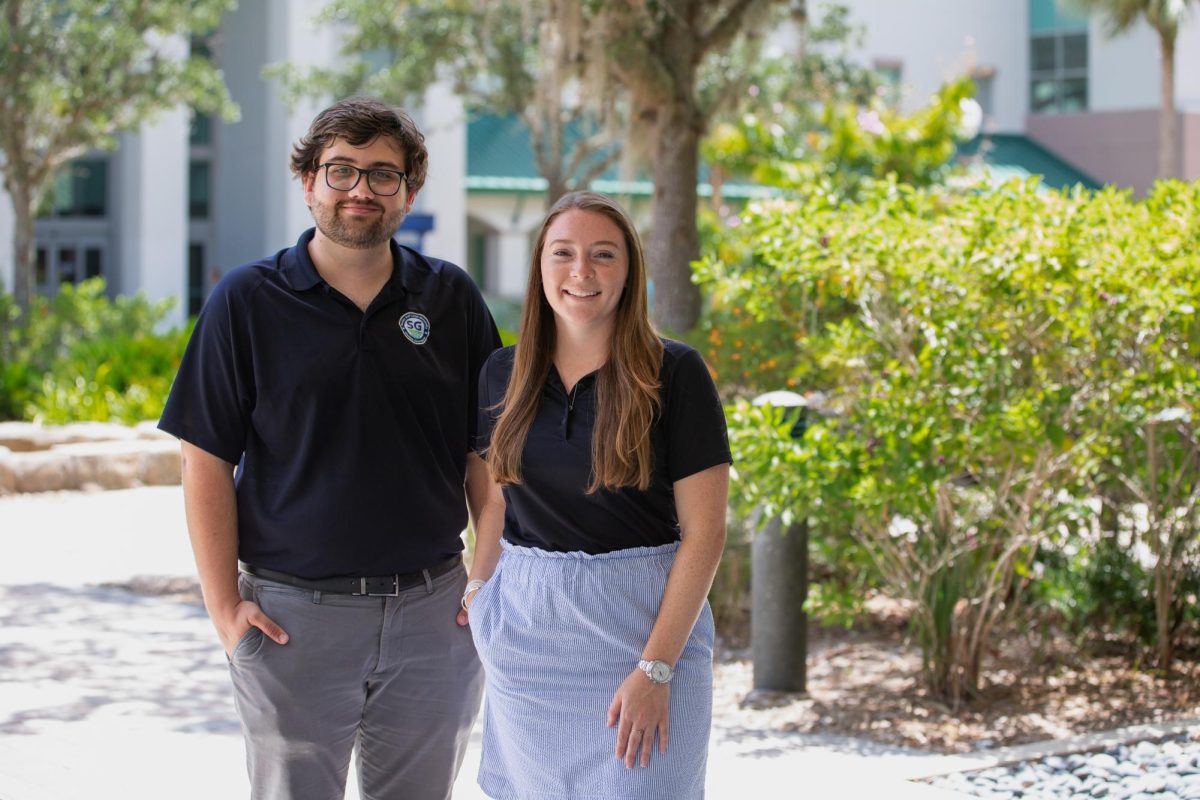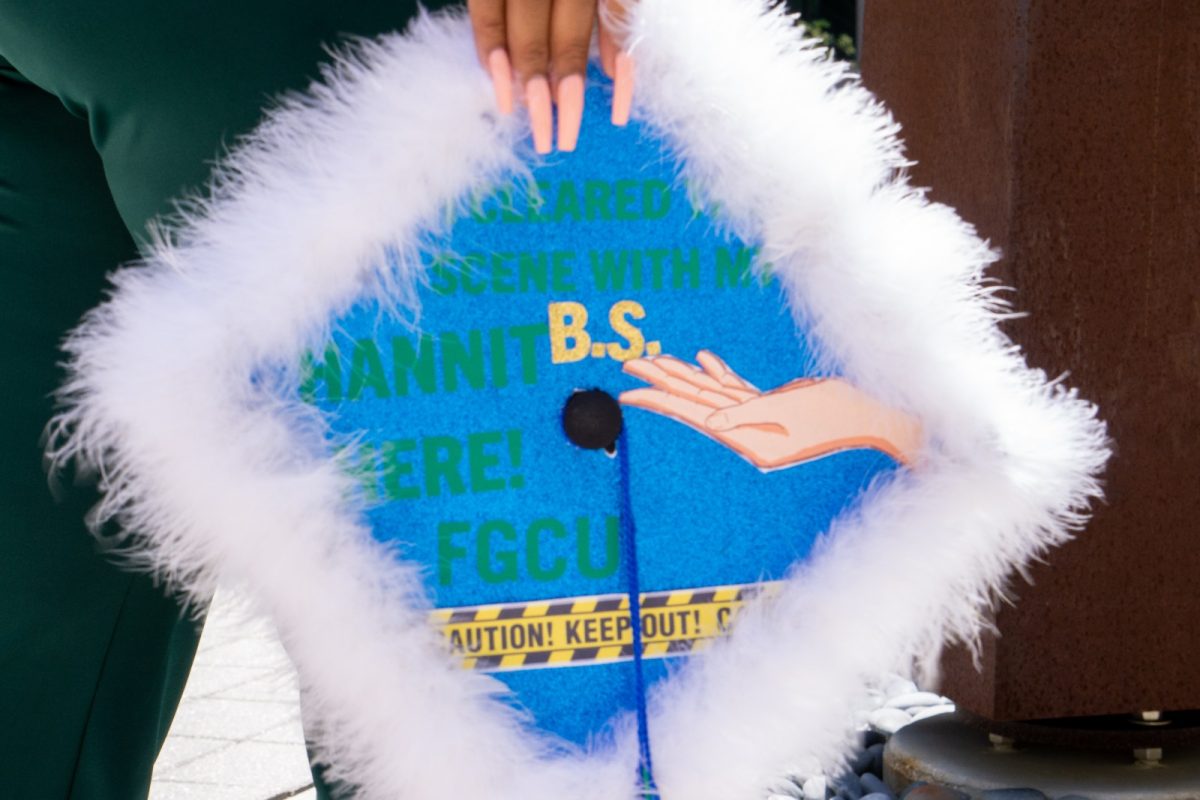Wicca, a new-age, neo-pagan, naturebased religion, has received a lot of negative connotations and stereotypes through the years. Some people believe that Wiccans have orgies in the forest beneath the full moon after drinking a strange red “punch,” while other people simply roll their eyes and say, “I liked practical magic, too.”
The responses from individuals differ, but in reality, most people have no idea what Wicca is. They simply get hung up on the word many Wiccans call themselves: witch. The word witch has been full of malice for thousands of years since the burning time, but why? Isn’t the ability to communicate with the invisible world, to contact with the dead and to care for others and heal, a superior gift of nature that inspires respect, admiration and deep gratitude? Shouldn’t the witch be cherished instead of feared? While witchcraft may be taboo, it is not a religion based upon theology, but a religion of poetry.
To begin with, the word “wicca” comes from the word “wicker” which means “to bend.” In witchcraft, different colors, objects and sounds create images and meanings. It uses symbolism to interact with the subconscious mind, awaken us to our full potential and manifest changes in our daily lives. By performing “a ritual,” Wiccans are not sacrificing pigeons in their bathtub. They may be simply lighting a green candle to meditate on their financial problems and find a balance. Or, perhaps they are writing all of their fears on a piece of paper to bury in their backyard and release into the earth. Wiccans abide by the rule of harming none. That means witches will never give poison apples to the chick living with seven men. Although a witch may make a fertility bracelet for a friend struggling with a miscarriage or provide her with an herbal tea, she will never do so unless she is asked. Witchcraft celebrates the turning of the seasons, or the wheel of the year, according to Sabbaths of the moon and ancient calendars. Samhain, the holiday of death and rebirth, is the biggest Wiccan holiday. It usually falls on Oct. 31. In ancient Celtic times, winter meant life or death. As the weather turned cool, animals were sacrificed for food during the winter months. People were unsure that their families would manage to survive. They feasted, drank mead and danced around a fi re celebrating the lives of those who came before them, those who were lost, and their wishes for the future. Yule, which usually falls on Dec. 23, celebrates the birth of the sun. The birth of Jesus, the Son of God, mysteriously falls several days later. There are many similarities to Christian faith, such as the holiday Oestara. In ancient times, eggs symbolizing fertility were scattered for children to find. Bunny rabbits also symbolizing fertility were seen. Is it a coincidence that today Christian children eat chocolate rabbits and go on Easter egg hunts?
Other holidays differ from Christian faith, but interestingly enough, come close. The festival of Imbolc, dedicated to the goddess Brigid, celebrated longer days, milk from cattle, the planting of new seeds and passion. Instead of using Siri, country dwellers in ancient times lived off the land and allowed nature to speak to them. Following the turning river could mean a path to a town where there was more fertile land, or it could mean getting eaten by a bear or starving to death.
Witchcraft relies heavily on duality and the balance between life and death, giving and receiving, masculine and feminine. Sexual imagery is a common theme in the craft, which could be where the orgy stereotype comes from. Beltaine, or May Day, is the celebration of the sexual union between the god and the goddess. Across the world, Wiccans stick a maypole into the ground and decorate it with ribbons and fl owers, celebrating the spring’s new beginnings. In ritual, the chalice symbolizes the goddess, fertility and emotions, and is fi lled with wine while the knife, or the athame, symbolizes the god, knowing, and hunting. By dipping the athame into the chalice, we symbolize the great unifi cation of masculine and feminine energies. Witchcraft recognizes that nothing in life lasts forever, but it is only by being authentic in the present moment that we will ever experience being fully alive. In fact, Wiccans celebrate all phases of life: beginning, middle and end.
While today people are not burned at the stake, many people are punished for their beliefs in witchcraft. In some cases, women lose their children and men are kicked out of the military. In 2009, however, President Barack Obama recognized Wicca as a religion in the armed forces. I have never come out of the broom closet, but my mother and I have talked a lot about my pentagram. Whenever she says: “Don’t you believe in God?” I always laugh. I told her I believe in trees, the ocean, the sunset and the moon. In today’s society, people fi nd it diffi cult to believe in anything, especially things they can’t touch. Is love not real because it can’t be seen? Sometimes the greatest things in life aren’t tangible. We believe in them because we choose to. That’s what faith is.
Wicca: Not such a bewitching subject
November 6, 2013
Story continues below advertisement


































